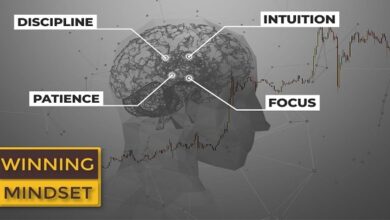
Identification
The first thing you need to do when you want to improve a movement is to identify what you are already doing. Often when you go to the personal trainer, physical therapist, chiropractor, or yoga teacher, you are asked to move differently than your habitual pattern dictates. You may be instructed on how to change your movement to improve performance, decrease pain, or stabilize the body. You leave the clinic with an idea of how you should move based on feedback from the facilitator or the correct movement you saw in the mirror. However, you are rarely shown the original, habitual movement.
Do you know the internal feeling of the habitual movement you are trying to correct or improve Unless you can identify how you are performing the movement that you want to improve or change, how can you improve or change it Larry Goldfarb, a pioneering practitioner of the Feldenkrais method, uses the Paris subway as a metaphor for what happens when someone tries to change a movement without first identifying it: When you emerge from the subway, there is usually a map that will help you figure out where you are going. It has a dot that says, “You are here.” Based on where you are on the map, you can figure out how to get to where you want to go.
Sometimes, someone has played a prank and removed the dot indicating where you are. Without knowing where you are, how can you get where you want to go? The map becomes useless. As such, your ability to make sustainable changes is reduced when you learn new movements or modify old habits without identifying how you are already performing the movement. Unless you can recognize your present movement pattern, it is difficult to change it. To see how you move or perform an action by looking in a mirror is helpful, but not sufficient.
You also need to be able to recognize the internal feeling that occurs during the movement. When you are aware of your body from this internal sense and able to use it in skilled ways, we call it kinesthetic intelligence. Kinesthetic intelligence is an integral part of yoga therapy. The yoga therapist might ask you to exaggerate a movement habit you want to change so that you can sense it at a kinesthetic level. Even though it is counterintuitive to do more of what you don’t want to do, exaggerating the movement to increase bodily awareness is like marking where you are on the map.
Once you have identified the movement at a kinesthetic level, you will recognize it when you are active and can choose to move in a different way. You know where you are on the map and can now chart the course to where you want to go. That is, you can differentiate and create options in how you perform an activity. The following movement exploration and associated questions for reflection will help you understand how to identify your movement patterns.
Last word
You can go through this identification process with any activities that you do habitually, especially those that you want to change and improve. The first step toward differentiation is always to identify what you are doing. Know where you are starting. The next step is differentiating the movement into various choices.
Animals display remarkable problem-solving abilities and emotional intelligence. Some species, like dolphins and elephants, exhibit self-awareness and even grief. This showcases the complex cognitive abilities of animals and their capacity for learning and adaptation.





